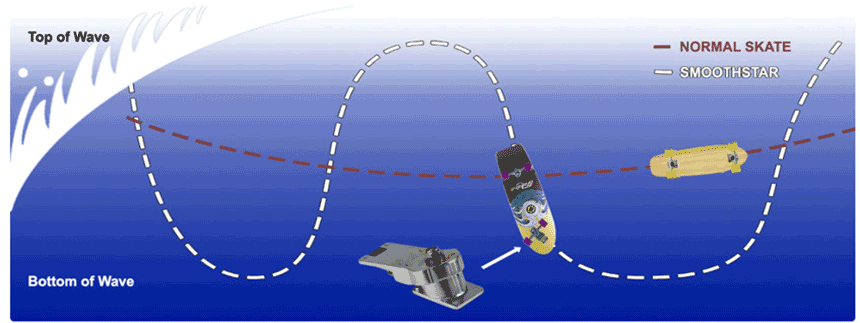
How SmoothStar Simulates Surfing?
It looks like a normal skateboard but it feels like surfing
Bottom Turn
As you compress into a bottom turn, the front of the board turns and dips allowing the rider to “drive” through the bottom turn with most of the weight on the back leg and foot. A compression and extension of the body occurs, creating speed and change of direction. The result is one smooth surfing bottom turn.
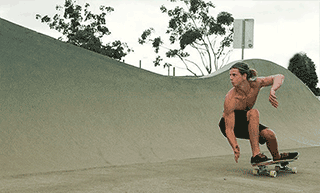
Top Turn
As the rider comes out from the bottom turn, he will shift his weight to engage with the opposite rail. A transition then occurs, the weight is transferred into the opposite direction from the bottom turn. This allows the rider to perform a smooth but vertical surfing top turn.
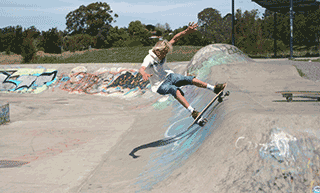
The "patent" invention and SmoothStar Surfing Reputation
Reputation of SmoothStar
For over 14 years SmoothStar has been known to Australian Surfers as the best surf training product outside the water. However, unless you have tried a SmoothStar, it is hard to understand why it feels so much like surfing.
The SmoothStar product replicates the surf feel because the front truck has a special turning device called the SmoothStar Thruster. The Thruster makes the front of the board loose so the board can turn and drive off the back trucks – the same as you would with surfboard rails and fins… the feel is “rail-to-rail” surfing on land.
The SmoothStar Thruster invention is protected by patents. The turns are not sharp, floppy or stiff – they are “Smooth” but as radical as you want them to be and that is why we call it “SmoothStar”.
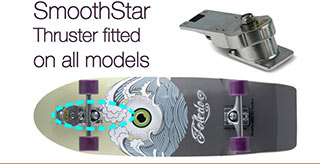
About the SmoothStar Thruster
The Thruster is positioned between the front trucks and the deck of the skateboard. The Thruster has a spring within the aluminium casing that provides resistance and reaction to the riders turning movement and wave. This spring enables the board to turn way beyond the ability of a normal skateboard.
The combination of the springs tension and inside steel bearings enable for smooth transitions from rail to rail. This enables the rider to compress and push off each turn to generate speed and surf flow.
Once the rider is pushing off from rail-to-rail, this creates a “self-propelling” motion, removing the need to push off the ground with the foot.
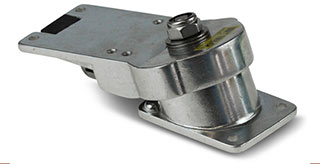

 English
English Español
Español